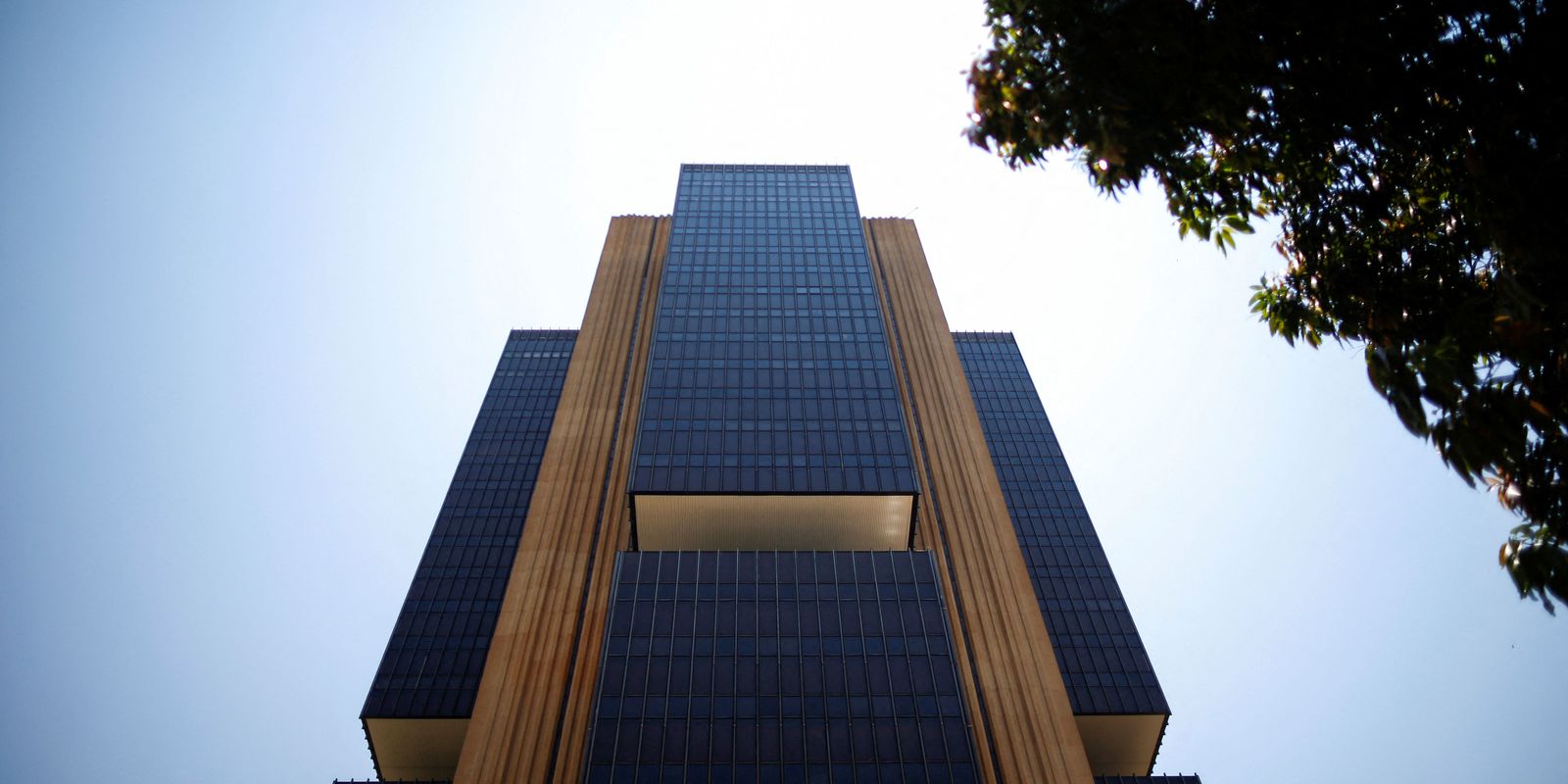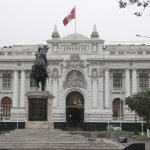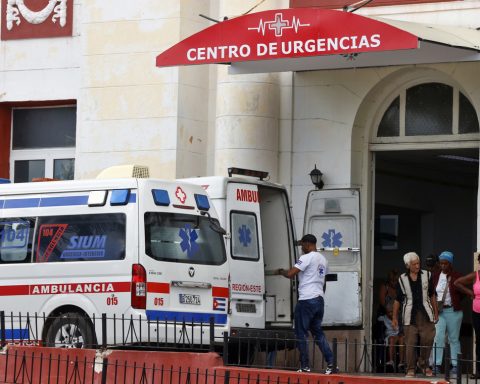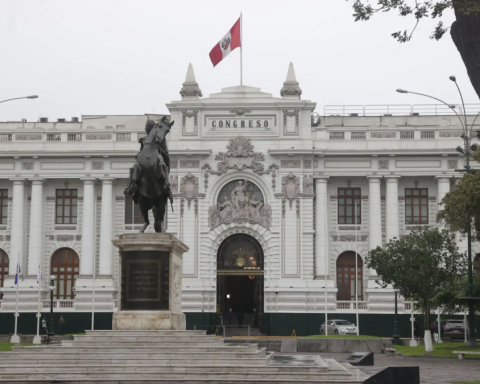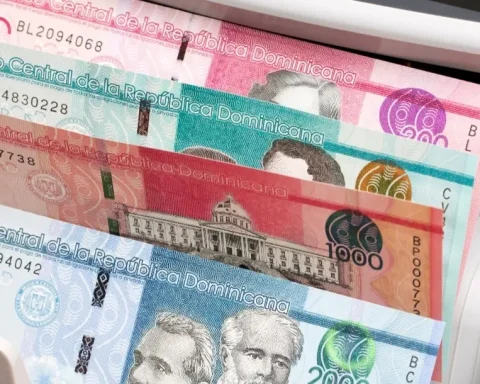Amid rising food, fuel and energy inflation, the Central Bank (BC) tightened its monetary policy belts even further. Unanimously, the Monetary Policy Committee (Copom) raised the Selic rate, the economy’s basic interest rate, from 9.25% to 10.75% per year. The decision was expected by the financial analysts.
The rate hit double digits for the first time since July 2017, when it was also at 10.25% per year. This was the eighth consecutive readjustment in the Selic rate. From March to June of last year, the Copom had raised the rate by 0.75 percentage point in each meeting. At the beginning of August, the BC started to increase the Selic by 1 point at each meeting. With the rise in inflation and the worsening of tensions in the financial market, the readjustment increased to 1.5 points in the last three meetings.
In a statement, Copom indicated that it will continue to raise basic interest rates until inflation is controlled in the medium term. The agency, however, informed that it will reduce the pace of Selic rate hikes in the next meetings, because the economy is still feeling the impact of previous increases.
“Regarding its next steps, the Committee sees a reduction in the pace of adjustment of the basic interest rate as more appropriate at this time. This signal reflects the stage of the tightening cycle, whose cumulative effects will be manifested over the relevant horizon”, highlighted the Copom note.
With today’s decision (2), the Selic continues in a high cycle, after spending six years in being high. From July 2015 to October 2016, the rate remained at 14.25% per year. After that, the Copom again reduced the economy’s basic interest rates until the rate reached 6.5% per year in March 2018. The Selic was reduced again in August 2019 until reaching 2% per year in August 2020 , influenced by the economic contraction generated by the covid-19 pandemic. This was the lowest level of the historical series started in 1986.
Inflation
The Selic is the Central Bank’s main instrument to keep official inflation under control, as measured by the Broad National Consumer Price Index (IPCA). In 2020, the indicator closed at 10.06%, the highest level since 2015, pressured by the dollar, fuels and the rise in electricity.
The value is above the ceiling of the inflation target, which was 5.25% last year. For 2022, the National Monetary Council (CMN) set an inflation target of 3.5%, with a tolerance margin of 1.5 percentage points. The IPCA, therefore, could not exceed 5% this year nor remain below 2%.
At the Inflation Report released at the end of December by the Central Bank, the monetary authority estimated that, in 2021, the IPCA will close 2022 at 4.7% in the base scenario. The projection, however, may be out of date with the international tensions that raise the price of oil and with climatic factors that harm crops in several parts of Brazil.
Market forecasts are more pessimistic. According to Focus bulletin, weekly survey of financial institutions released by the BC, official inflation is expected to close the year at 5.38%. The official projection will only be updated in the next Inflation Report, which will be released at the end of March.
most expensive credit
The increase in the Selic rate helps to control inflation. This is because higher interest rates make credit more expensive and discourage production and consumption. On the other hand, higher rates make it difficult for the economy to recover. In the last Inflation Reportthe Central Bank projected growth of 1% for the economy in 2022.
The market projects slightly higher growth. According to the latest edition of Focus bulletineconomic analysts predict expansion of 1.55% of the Gross Domestic Product (GDP, sum of goods and services produced by the country) this year.
The basic interest rate is used in the negotiation of public securities in the Special System of Settlement and Custody (Selic) and serves as a reference for other interest rates in the economy. By readjusting it upwards, the Central Bank holds back the excess demand that puts pressure on prices, because higher interest rates make credit more expensive and encourage savings.
By reducing basic interest rates, the Copom makes credit cheaper and encourages production and consumption, but weakens control over inflation. To cut the Selic, the monetary authority needs to be sure that prices are under control and are not at risk of rising.
